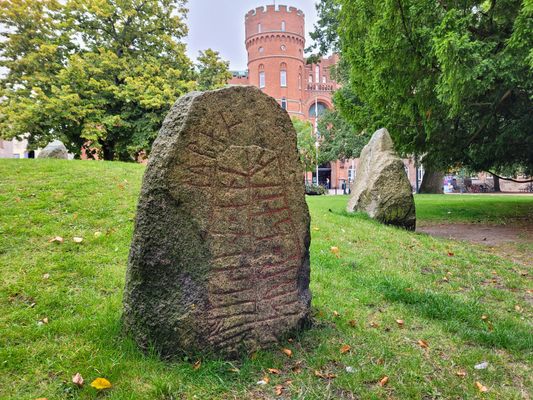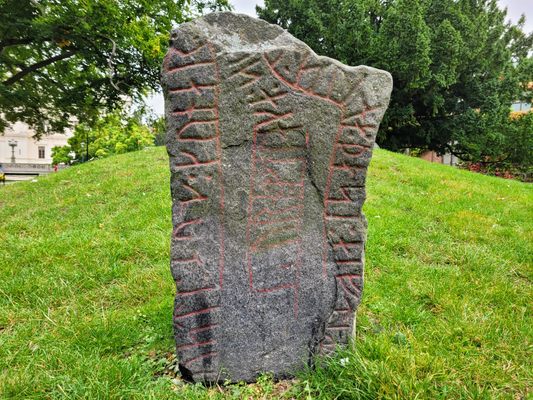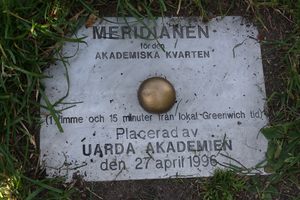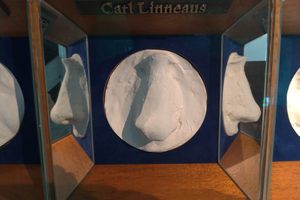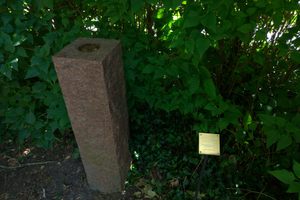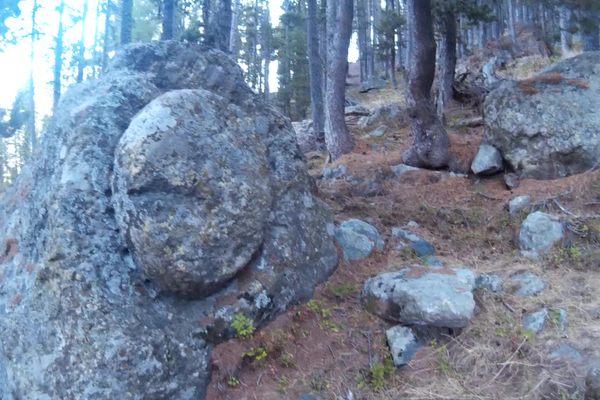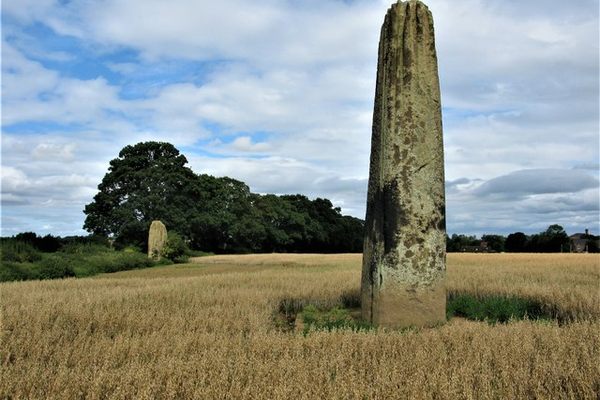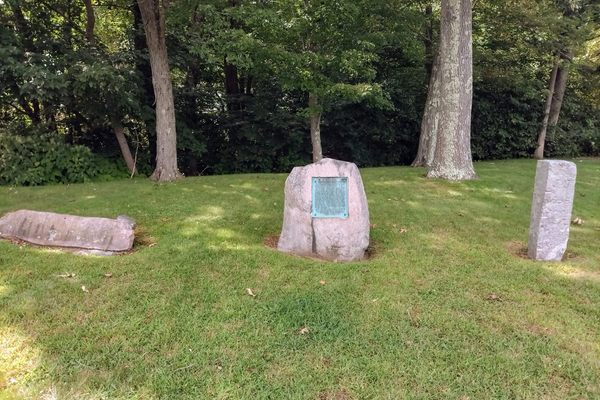About
Runestones are inherently tied to Scandinavia and are perhaps some of the most recognizable Viking age remnants in the country. For Scandinavians, they represent history, and a link back to an age long gone. They are so treasured today, it's unthinkable to remove a rune stone from its location. However, this was not always the case. In the past, these stones were used as building materials, destroyed, or relocated to more accessible locations.
The latter occurred in Lund in 1868, when the Association for Skåne's ancient monuments donated seven local rune stones to the university in celebration of its 200th anniversary. The stones were erected around a little hill, with six of them surrounding the hill and one large runestone placed on the crest. The central stone was deemed too fragile a century later and was moved to the entrance of the library in 1956.
The stone circle is smaller than the one found in Uppsala, but somehow more impressive due to the close concentration of the rune stones. The stones read:
DR 317 Vallkärrastenen - Tova erected these stones after Gammal, his master/husband, and Asser his son
DR 330 Gårdstångastenen 2 - (… usti) and Gunnar erected stones after (kn…) and… björn, their comrades. These fighters were widely known in Viking.
DR 331 Gårdstångastenen 3 - Asser put stones after Tobbe.
DR 337 Vallebergastenen - Sven and Torgot made these haunts after Manne and Svenne. God help their soul well; but they are in London
DR 270 Skivarpstenen - Tomme erected this stone after Omun, his friend.
DR 316 Norra Nöbbelövstenen - Tove erected this stone after Omun, her friend.
Related Tags
Know Before You Go
The mound is in a university park open to the public 24/7, close to the large fountain.
Community Contributors
Added By
Published
September 2, 2020


